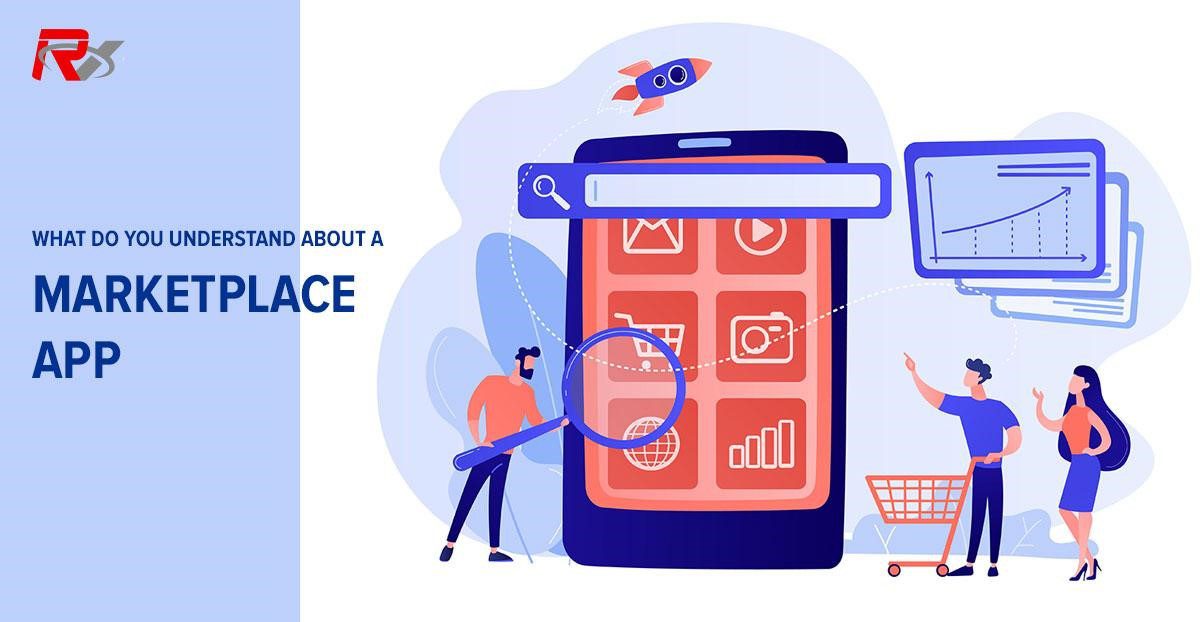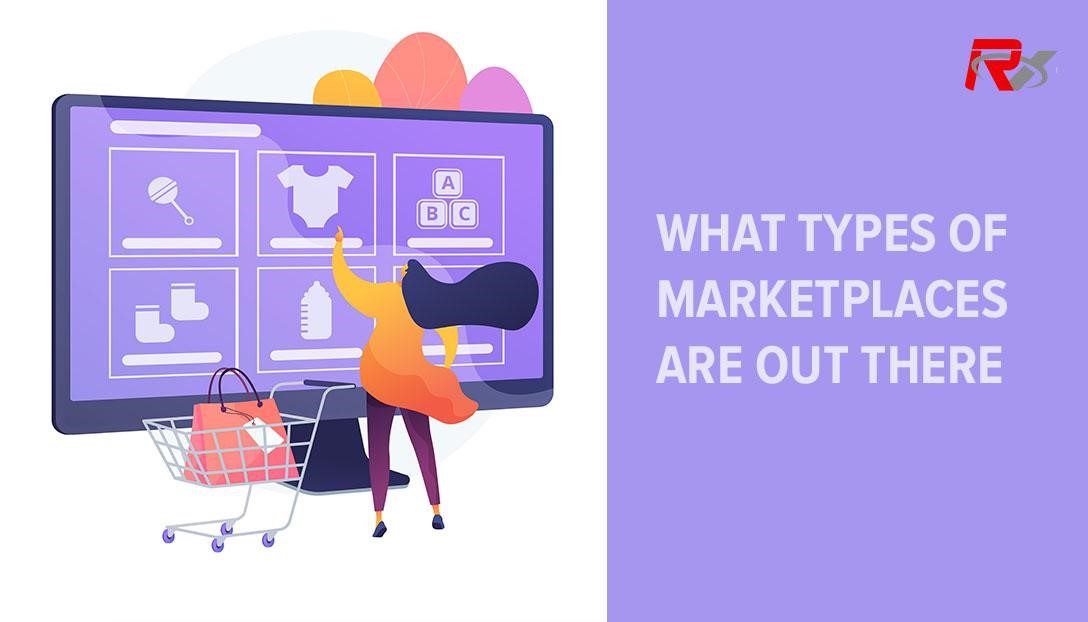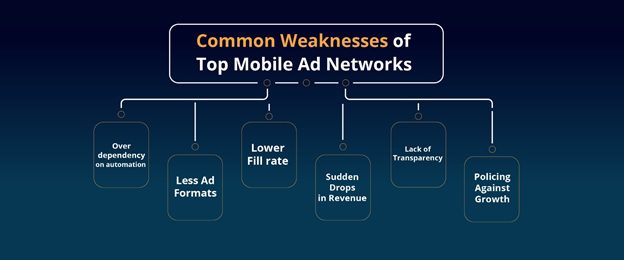A Complete Guide to Marketplace App Development

Customers appreciate the convenience, and businesses that can make their lives easier reap unexpected rewards. Shopping is one of the most popular activities, and online shopping has recently revolutionized the way people buy items.
Furthermore, ease of access to cellphones, the internet, and payment alternatives has sparked a desire to shop online for better deals. People are increasingly accepting digital shopping as their preferred mode of shopping and Indian app developers are ready to provide an innovative solution.
We spend 70% of our income on services. Despite this, only 7% of the services bought in 2019 were digital. On the back of the COVID-19 pandemic, that’s set to change as we get closer to 2022. With internet sales on the rise (up 37% year over year), it’s time to rethink everything, since the market is waiting.
What do you understand about a marketplace app?
The marketplace application allows you to buy and sell products and services over the internet. It gives independent sellers the opportunity to list their goods and services. The marketplace app functions as a middleman for merchants and buyers, bridging the gap between them. It unites them via a shared platform, making it easy for them to serve each other’s needs. The best aspect is that these markets provide everything, including electronics, furniture, home décor, fashion, accessories, footwear, and more.

Why is marketplace app development a matter of the moment?
Everyone has been heartened by the success stories of markets like Etsy, Amazon, and Flipkart. According to recent data by Statista, the eCommerce business would generate over $5.4 trillion in sales by 2022. Furthermore, because clients prefer mobile transactions, developing a marketplace mobile app is undoubtedly an excellent option. These apps allow consumers to browse and purchase their favorite products and services with just a few clicks, eliminating the need to leave the house. Almost every company in the world now wants to create a marketplace for the same reason.

What types of marketplaces are out there?
Because there are different types of marketplaces, it’s crucial to figure out which one you want before you start developing your web or mobile marketplace app.

They can be classified into several groups based on the type of customer, the selling model, the market sectors, and so on as follows:
1. Type of Customers
a. Business to Business (B2B)
This concept enables companies to leverage a platform to attract more clients to their sellers. Marketplaces currently account for only $600 billion, or 7.5 percent of the annual $7.9 trillion in online B2B transactions. More companies are discovering the benefits of trading with partners through marketplace platforms, with B2B marketplaces predicted to exceed $12 trillion in revenue by 2024. The most successful examples in this area are Alibaba in China or Conrad in Germany.
b. Business to Customer (B2C)
Products and services are sold from a firm to a customer in this model. They are a one-stop store for consumers looking for a wide range of products. With $1.1 trillion in marketplace sales, it is the most developed sector, driven by Amazon, Etsy, and Flipkart.
c. Customer to Customer (C2C)
The marketplace app under this approach allows customers to share items and services while also managing their sales. As a result, customers can communicate directly with one another. Consumers of P2P marketplaces are most familiar with eBay or Airbnb.
2. Products & Services Based
Amazon and eBay are the two most popular marketplaces for a wide range of products. Then there are markets like UrbanCompany and Uber, which provide transportation, beauty, medical, IT, and other services.
3. By focus
a. Vertical marketplace
Customers in a vertical marketplace are interested in a particular company niche. This means that the number of users will be reduced, but the targeting will be precise, resulting in very effective advertisements.
b. Horizontal marketplace
Customers in a horizontal marketplace are interested in a wide range of goods and services. They get to pick from a pile of options based on their preferences and hobbies. Consumers have access to a variety of items and services that have specific features.
5 Steps to Creating a Successful Marketplace App
The development of a mobile marketplace app is not something that can be accomplished overnight. There are measures to take, and everyone involved in the project including the app developers must follow them. If there is any contradiction, the project may suffer. To make the app tick, you’ll need time and technical expertise. The following procedures should be followed when developing the mobile marketplace app:
1. Dig deep for market research
The first thing you should do before starting anything is to do some research. When developing a marketplace app, you must consider your target demographic, the app’s and business’s scope, and other factors.
If you don’t have a clear picture of these things in your head, you might never come up with a plan that works best for your company. You must research your rivals. What they’re doing, what’s increasing their reach and sales, and what’s limiting them. Work on the issues and stick to the legacy.
Following the market’s best practices is usually a good idea. Customers expect the best, and if things aren’t moving as smoothly as they would like, you may run into issues.
2. Validate your idea with rapid prototyping
You’ll need to perform in-depth user research before beginning eCommerce app or website development and have any business or customer requirements in hand so that you may utilize them as a foundation for your prototype exercises. You can develop a mockup once you have these comprehensive requirements. These can begin as sketches and progress to low-fi prototypes as the project progresses.
A prototype serves as a model for the completed project. It depicts how the program will appear and act once it is ready for end-users. Prototype development is a critical process since if it isn’t done correctly, the team may run into issues and the program may not turn out as planned.
Once you’ve received some input, make sure you fully comprehend it before incorporating it into a list of adjustments to be included in the following iteration. Then you go back to the beginning (if necessary). The UI/UX team is primarily responsible for giving the app a unique appearance.
3. Follow best development practices and testing
Following the production of app designs, mobile app developers set to work bringing it all together. To fulfill the deadlines, the project manager assigns duties to the app developers and creates a step-by-step strategy for mobile app development. The development phase of the mobile app development cycle is thought to be the most expensive and active.
After the app has been developed, it is time to test it. After the development period, every application contains faults and problems. The faults may not be noticeable when looking at the application from the outside, but they become apparent once you start using it. As a result, the applications must be thoroughly evaluated down to the unit level.
After every defect has been fixed and the product is ready to be implemented, the mobile application development process can be declared complete.
4. Release and maintenance
It’s a fairly involved process to submit your apps to the app stores. You must verify that your app is ready for release, complete various forms for each store, submit screenshots and marketing materials, and create a description with valid keywords for ASO. In the integration process, test plans, deployment maps, and user approval criteria will be employed.
One difference with a marketplace app is that once it is live, you’ll need to maintain its content to prevent rules violations like spam or indecent imagery, among other things. All of this is accessible to the app developers through your dashboard application, which is part of the core engine. Users should also be able to simply report inappropriate content. After it’s released, just like every other app, you’ll need to maintain it up to date with new OS versions and evaluate app usage stats to improve the user experience in the future.
As you can see, creating a marketplace app is one thing, but maintaining it is quite another.
5. Improve and scale-up
After you’ve taken care of all of the above, you’ll need to keep an eye on the app, numerous eCommerce industry solutions, and the market at the same time. Mobile app development is a continuous process. The world is evolving at a breakneck pace, which means you must adapt your business and application to keep up. You must also take care of merchants because you will be functioning as an aggregator. You only can keep the customers pleased if the shopkeepers are delighted.
Retailers are the ones who add things to the app, and if they aren’t on your side, you’ll run into issues no matter how hard you try.
Improve your consumer and retailer relationships to continue to progress. You must keep the application up to date. Replace outdated features with new ones, add more features, and keep evolving to keep up with the times.
Your application must also be built in such a way that it may be scaled up in the future. When a company is doing well, the next step is always scaling up.
How Much Does it Cost to Make a Marketplace App?
Yes, developing and running a mobile marketplace app can help you make a lot of money, but you must first spend money. Every aspect of app development necessitates financial commitment. The estimation of some parts is presented below to give you a rough sense of how much it might cost:
- The cost of an application’s structure
- Website/app design and hosting
- Functionalities
- Location
- Development time
- Promotions
- Additional resources
The typical cost of developing a marketplace app is between $160,000 and $240,000 and the project can take anywhere near a year to complete.
Conclusion
People are becoming more and more interested in marketplace app development, therefore it will be in the spotlight for a long time. Because of the high likelihood of these applications’ success, every IT development business in India is on the lookout for new ideas and is prepared to supply all services using the most up-to-date technologies.
The above marketplace mobile app development guide will assist you in creating a functional and effective marketplace mobile app. This will help you to follow your whims further and complete your project successfully. It is strongly advised to partner with professionals and experts who have experience designing successful marketplace applications in order to achieve your project goals and make a name for yourself in this rapidly growing industry.






